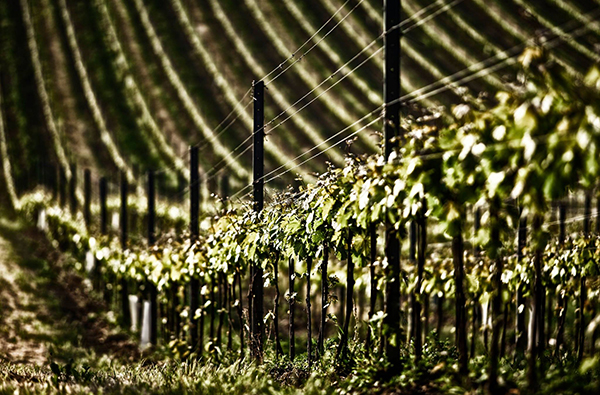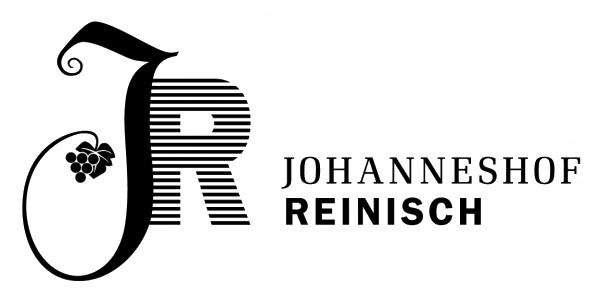About 30 km south of Vienna, among the vineyards near the village of Tatendorf, is the Johanneshof Reinisch vineyard. The region, which is located at the western end of the great Pannonian plain, has a long tradition in winemaking and today is one of the most famous wine-growing centers in Austria.
The family is the fourth generation of winemakers to make wine in Tatendorf. In 1923, the area used to cultivate the vineyards consisted of a plot of only half a hectare in the Ried Mitterfeld vineyard. Today, the vineyards of the Johanneshof Reinisch cover an area of about 40 hectares, mostly in the area around Tatendorf, as well as in Gumpoldskirchen and Guntramsdorf. In 1995, a new wine production facility was built. It provided ideal conditions for the production of fine wines. The family now has state-of-the-art technology for all aspects of winemaking, including sorting machines, electronically controlled presses, controlled fermentation equipment and a large cellar that is built in the classic way with old bricks.
Vineyards

In the vineyards of Gumpoldskirchen, the grapes grow in nutrient-rich soil and at a height of up to 400 meters. It has been known for many generations that zirfandel and rotgipfler, which are not produced anywhere else in the world except in and around Gumpoldskirchen, are capable of producing excellent grapes under these conditions.
Terroir

The soil around Tatendorf is particularly interesting from a geological point of view. Here the line of the thermal fault passes from south to north and the ancient sea has left its remains. Large amounts of alluvial gravel are deposited in the stony "Tattendorfer Steinfeld", which creates an ideal soil cover for growing Burgundy grape varieties.
Climate

With nearly 2,000 hours of sunshine a year, the Theremin region surrounding Tatendorf and Gumpolskirchen is one of the sunniest and driest regions in Austria. This ensures that the grapes reach optimal ripeness and that the specific aromas develop to the maximum. The constant movement of air between the plain to the east and the chain of hills to the north quickly dries the plants after rainfall, keeping the grapes strong and protecting them from mold until peak maturity.
















